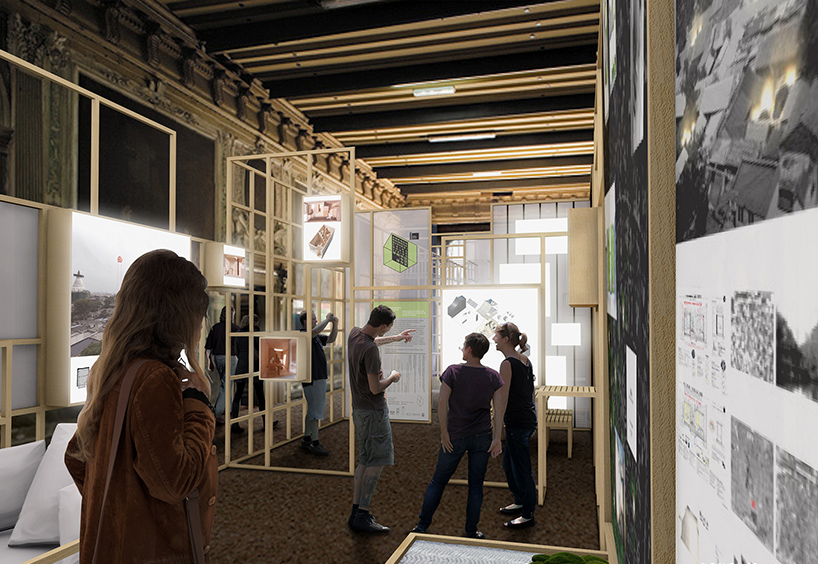Sixty-four countries have converged at the 15th Venice Architecture Biennale. With the theme "Reporting from the front", participants are encouraged to design from daily experiences and in response to the current social problems. Many European architects are tackling the migrant crisis head on.

Sixty-four countries have converged at the 15th Venice Architecture Biennale. With the theme "Reporting from the front", participants are encouraged to design from daily experiences and in response to the current social problems. Many European architects are tackling the migrant crisis head on.
Greece has attracted much attention in recent years as the main country of passage for migrants fleeing the Middle East. At the Biennale, the Greek Pavilion is hosting an exhibition called "This Is A Co-op", focusing on the role of collaboration in architecture.
Through a series of structure models and workshops, visitors are invited to see how architects can unite on different "fronts" in world crisis, including the refugee crisis.
"We want to bring out the idea of cooperation, and we believe that there is no one who can find a single solution to such big problems," said Stefanie, Greek architecture designer.
In this small wooden box, visitors could see the internal structure of a container as temporary shelter.
"Containers, industrial items, these human factors do not answer the question at all. So this is a closure trying to exactly explain that a close space as a solution is inefficient for human condition," Stefanie said.
The German pavilion is entitled "Making Heimat-Germany, Arrival Country", with the word "Heimat" meaning "homeland" in German. The focus here is making Germany home, a welcoming place for new arrivals.
"Yes I think the frontline really is dealing with refugees and migrants, not only in Germany, but also everywhere around the world. They shouldn’t stay refugees. They should try to feel like home wherever they are, wherever they arrive. They don’t know if they can go back to their own country, or they move to somewhere else or they stay in Germany. But they should feel home once they are there," said Anna Scheuermann, project coordinator of Deutsches Architekturmuseum.
With the idea "German cities as arrival", visitors can see how German states are turning the abandoned factories and apartment buildings into multi-functional refugee centers. The exhibition also showcases examples of buildings from earlier migration waves, which were partially constructed by the refugees and are still in use today.
"(So that) People from everywhere, wherever they come from, they can also have their traditions. They know how they like their buildings to be. It is also possible in Germany in the same way," Scheuermann said.
"It is enrichment. It is better to get new people in a country. Because they bring their culture and maybe it is possible to get something new, some mixture in my opinion," said a German visitor named Stephan.
The 15th Architecture Biennale of Venice will run till November 27 with the German exhibit slated to tour in Frankfurt next year.















